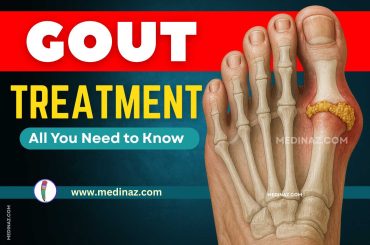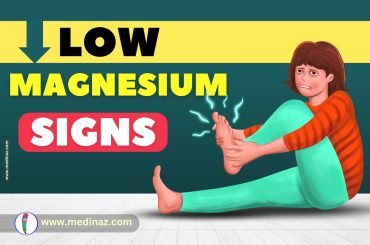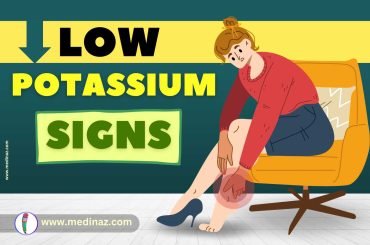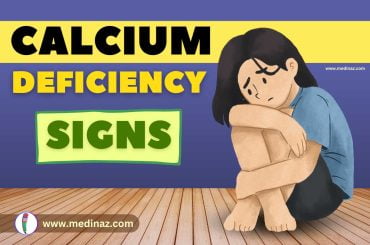Constipation Natural Treatment: All You Need to Know
Constipation, a widespread digestive system ailment, affects an estimated 15%-20% of the global population, creating a substantial healthcare challenge.
This condition, characterized by infrequent bowel movements and difficulty passing stools, has both physical and psychological impacts on sufferers. Understanding its types, causes, symptoms, and the array of natural remedies available can empower individuals to manage this uncomfortable condition more effectively.
Table of Contents
Understanding Constipation
Types of Constipation
- Primary Constipation: Stemming from neuromuscular dysfunction in the colon or anorectal area, this category includes defecatory disorders, slow-transit constipation, and normal transit constipation.
- Secondary Constipation: Triggered by other diseases or medications, including conditions like thyroid, metabolic, or diabetic disorders.
A notable fact is that approximately 40% of opioid users experience opioid-induced constipation, which significantly diminishes their quality of life.
Common Causes
- Dehydration
- Low fiber diet
- Stress
- Other health issues
Symptoms to Watch For
- Fewer than three bowel movements per week (ref)
- Hard stools
- Straining during bowel movements
- A sensation of rectal blockage
- Feeling of incomplete evacuation
- Need to apply abdominal or manual pressure during bowel movements
- Bloating and cramping
- Decreased appetite
- Lethargy
Natural Remedies for Constipation Relief
To combat constipation, incorporating lifestyle changes and home remedies can offer significant relief. Here’s a list of natural strategies:
Dietary Adjustments
- Increase Fiber Intake:
- Aim for a diet rich in high-fiber foods such as vegetables (e.g., broccoli, Brussels sprouts, kale), fruits (e.g., kiwis, prunes, raspberries), whole grains, beans, lentils, and nuts.
- Understand the difference between insoluble fibers (adding bulk to stools) and soluble fibers (forming a gel-like paste to soften stools), with psyllium highlighted as a particularly effective non-fermentable soluble fiber.
- Stay Hydrated:
- Drink 1.8-2 liters or about 64 ounces of water daily to prevent dehydration-induced constipation.
- Avoid sugary and carbonated drinks, which can exacerbate symptoms, especially for those with IBS.
Lifestyle Modifications
- Regular Exercise:
- Engage in about 150 minutes of moderate exercise per week to stimulate bowel movements. Walking is especially recommended to activate gut movement.
- Mindful Coffee Consumption:
- Coffee, particularly caffeinated, can stimulate digestive system muscles and even improve gut bacteria balance due to its soluble fiber content.
Behavioral Techniques
- Optimize Toilet Posture:
- Adopt positions that facilitate easier stool passage, such as raising the knees above the hips.
- Herbal Remedies:
- Senna: A safe, effective herbal laxative that stimulates gut nerves and speeds up bowel movements. It’s suitable for short-term use and requires consultation for prolonged symptoms.
Probiotic and Prebiotic Intake
- Probiotics:
- Incorporate foods or supplements to improve gut bacterial balance, potentially easing constipation by enhancing gut movement.
- Prebiotics:
- Consume foods rich in prebiotic fibers to feed beneficial gut bacteria, which can increase stool frequency and soften stools.
Specific Foods and Supplements
- Prunes and Prune Juice:
- Known for their fiber and sorbitol content, they can effectively stimulate bowel movements.
- Magnesium Citrate:
- An osmotic laxative that, in moderate doses, can provide constipation relief.
Conclusion
Constipation, though common, can significantly affect an individual’s quality of life. However, through a combination of dietary changes, lifestyle adjustments, and natural remedies, it is possible to alleviate symptoms and improve bowel health. Should constipation persist, it’s essential to consult a healthcare provider to identify underlying causes and receive tailored treatment. Embracing these strategies can lead to significant improvements in digestive health and overall well-being.
Check other important health related blogs
A Visual Learning Platform





